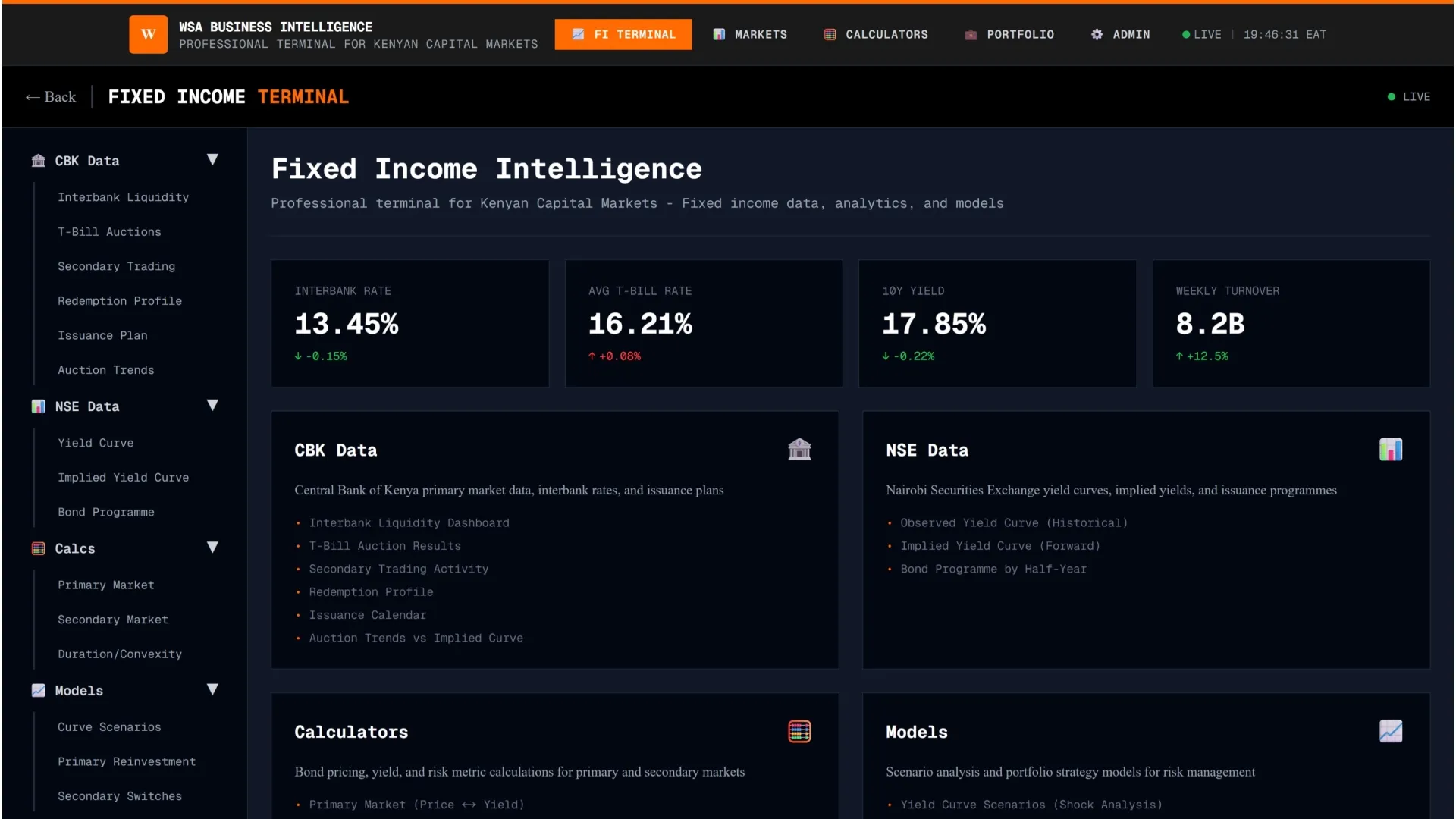Kenyan and global corporates are stepping up investment in digital trade, yet deep structural barriers continue to slow the shift toward seamless digital commerce, a new Standard Chartered report warns.
- •According to the survey, 56% of corporates cite interoperability and integration challenges as the biggest bottleneck, noting that the proliferation of platforms and the absence of universal digital standards force many businesses back to paper.
- •The findings come as East African governments advance their own integration efforts, with Rwanda and Tanzania launching technical work to interconnect their national retail payment switches.
- •The digitalisation report identifies interoperability gaps, regulatory inconsistencies and implementation challenges as the most significant obstacles to digitising trade.
Michael Spiegel, Standard Chartered’s Global Head of Transaction Banking, said overcoming fragmentation is essential for progress. “More than half of corporates cite a lack of interoperability as the main barrier, followed by regulatory barriers and implementation challenges,” he said. “There is a need to overcome longstanding structural fragmentation in trade by promoting greater interoperability, transparency and trust across borders.”
These global findings mirror efforts within East Africa to address similar constraints. On 11 November, Rwanda and Tanzania commenced bi-lateral technical work to interlink their national payment systems, a move expected to cut transaction costs and enable real-time transfers across the region.
The initiative which links Tanzania’s Instant Payment System (TIPS) with Rwanda’s National Payment Switch (RSWITCH) has entered its technical implementation phase. Once live, citizens and businesses will be able to send money between bank accounts and mobile wallets across the two markets instantly and at lower cost.
“This preparatory work marks a pivotal milestone in our regional payment system integration agenda, moving us closer to a single regional instant payment ecosystem,” said Daniel Murenzi, EAC Principal Information Technology Officer.
The linkage forms the backbone of a Proof of Concept pilot, the first step toward a wider EAC, wide instant payments network. Once expanded, the model could support a centralised regional digital payments zone, designed to streamline commerce and reduce inefficiencies that burden traders.
The Standard Chartered report underscores why such initiatives are critical. Regulatory barriers are cited by 49% of corporates, reflecting inconsistent data rules, diverging customs processes and low adoption of frameworks such as the UN Model Law on Electronic Transferable Records (MLETR). Only a handful of countries have implemented MLETR, keeping global trade heavily dependent on paper even as technology matures.
Implementation hurdles also persist. About 48% of corporates struggle with infrastructure gaps, talent shortages and costly technology requirements. These constraints are especially significant in Africa and the Middle East, regions with uneven digital readiness.
To address these challenges, East Africa is turning to coordinated reforms. The Eastern Africa Regional Digital Integration Project (EARDIP) funded by the World Bank and implemented by the EAC Secretariat is supporting work to harmonise digital financial services rules, strengthen cybersecurity frameworks and expand digital networks to rural areas. EARDIP is also enabling real-time cross-border payments and helping national institutions upgrade their digital systems.
Beyond government action, businesses are increasingly looking to partnerships as they digitise. The report shows 79% of corporates outsource some or all of their digital transformation, seeking specialised skills to accelerate change.
Cloud computing is emerging as the primary enabler, with 68% of corporate leaders identifying it as their top digitalisation driver over the next three to five years. Artificial intelligence and digital assets follow closely, offering the potential to automate documentation, reduce transaction times and open new payment channels.




